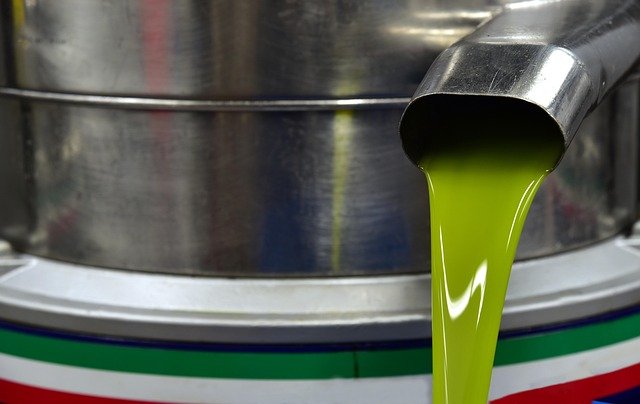Olive Oil: Uses, Production, and Quality Factors
Olive oil is a widely used culinary fat extracted from olives grown on olive trees across Mediterranean climates and beyond. Its flavor, aroma, and shelf life depend on the olive variety, timing of harvesting, and extraction method. This article explains how olives become olive oil, what to look for in quality, and how cultivation and harvesting practices influence the final product.

olive
The olive is the fruit of the olive tree and comes in many cultivars with different sizes, oil yields, and flavor profiles. Olives are harvested either for direct consumption as table olives or for pressing into olive oil. Cultivar choice affects bitterness, polyphenol content, and how the fruit responds to curing or milling. Understanding cultivar names and regional varieties can help consumers and producers anticipate the oil’s sensory characteristics.
olive oil
Olive oil refers to the liquid fat obtained by pressing or centrifuging olives. Common grade categories include extra virgin, virgin, and refined oils, distinguished by acidity, sensory defects, and processing. Extra virgin olive oil is obtained by mechanical means without heat or chemical treatments and typically shows lower acidity and more pronounced fruit and bitterness notes. Traceability labels and harvest dates can give insight into freshness and handling practices.
This article is for informational purposes only and should not be considered medical advice. Please consult a qualified healthcare professional for personalized guidance and treatment.
olives
Olives intended for oil are usually softer and higher-yielding than table olive varieties. After harvesting, olives for oil are cleaned and taken to a mill promptly, because delays can cause fermentation and quality loss. Table olives undergo curing—through brine, lye, or dry-salt methods—to remove bitterness and develop edible flavors. Processing choices influence the flavor and chemical profile, which in turn affect how well an olive will press into a high-quality oil.
olive tree
The olive tree is a long-lived evergreen adapted to dry summers and mild, wet winters. Established trees can produce fruit for decades or centuries with appropriate pruning and irrigation. Young trees need training to create productive frameworks; mature trees require pruning to balance vegetative growth and fruit production. Soil fertility, water management, and disease control all shape yield. Sustainable practices such as cover cropping and regulated irrigation can reduce environmental impacts while supporting consistent fruiting.
Olive trees also interact with local ecosystems. They can support biodiversity when groves maintain understory vegetation and avoid intensive chemical inputs. However, large-scale, high-input operations may alter soil health and water demand, so management choices play a key role in long-term grove resilience and oil quality.
harvesting
Timing and method of harvesting strongly affect olive oil flavor and stability. Early-harvest fruit often yields oil with greener, more bitter and pungent notes and higher antioxidant levels, while later-harvest olives may produce milder oils with higher yields. Hand-harvesting or gentle mechanical shakers preserve fruit integrity better than aggressive methods that bruise olives, which can accelerate oxidation and off-flavors.
Post-harvest handling matters: olives should be transported to the mill without prolonged storage, kept cool, and milled within hours when possible to minimize enzymatic degradation. Modern mills use rapid crushing and malaxation controls to balance yield and phenolic retention. Attention to harvesting and milling timelines is essential for producing consistent, clean-tasting olive oil.
Conclusion
Olive oil quality reflects the entire chain from olive tree selection and grove management through harvesting, processing, and storage. Knowing basic differences between olive varieties, grades of oil, and the effects of harvest timing helps consumers evaluate labels and producers refine practices. Whether used for cooking or finishing dishes, olive oil remains a versatile ingredient whose character depends on careful cultivation and handling rather than marketing claims.




